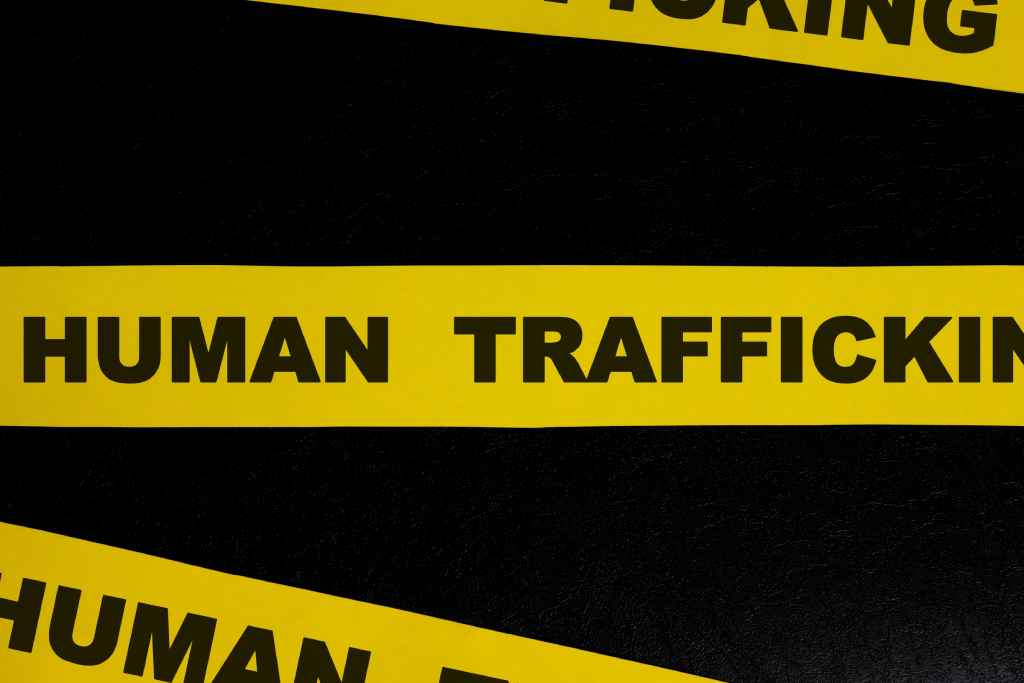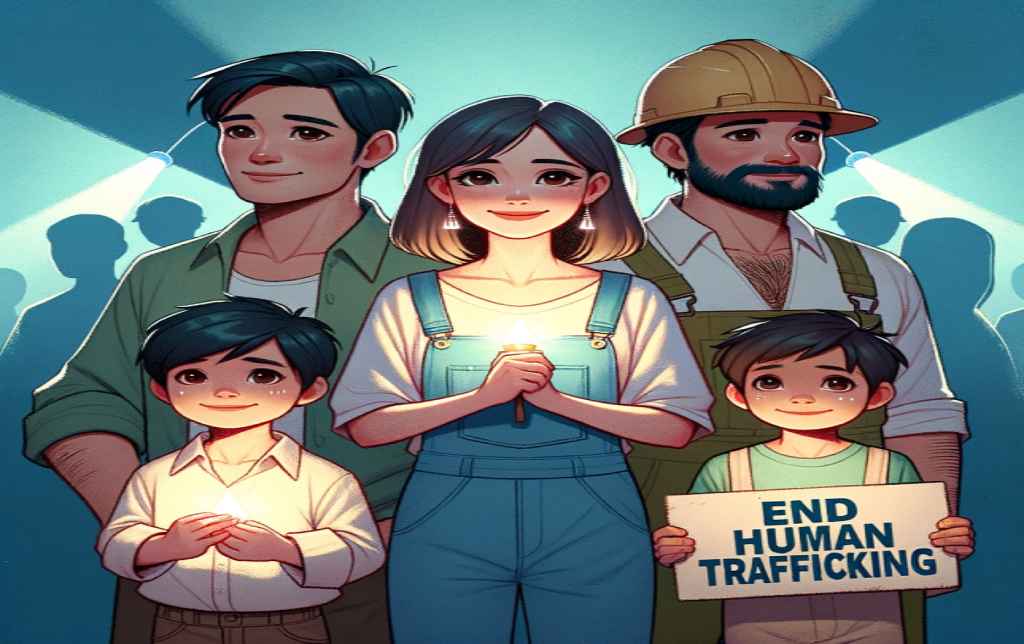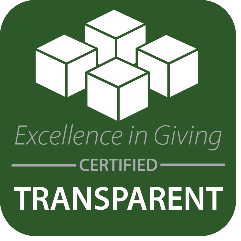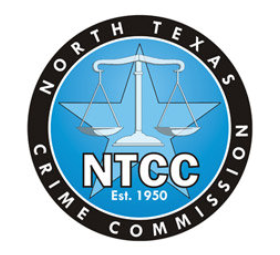Human trafficking involves the use of force, fraud, or coercion to obtain some type of labor or commercial sex act. Human trafficking is a nationwide problem. Although people often believe trafficking only happens abroad, most human trafficking in the United States is perpetuated by Americans – targeting American children.
There are more than a million human trafficking victims living in the US. At least 100,000 victims are kept as sex slaves, and every 2.5 hours, a new child is added to that tally, and you can help.
Want to know how you can support the fight against human trafficking? Here is how you can help:
- Recognize and report
- Support anti-trafficking organizations
- Ethical consumer choices
Learn more about how to fight against human trafficking below
Recognizing the Signs of Human Trafficking
Recognizing the signs of human trafficking can help you act in the fight against human trafficking.

General Indicators
Some general indicators of human trafficking may include:
- Physical Signs: Victims may show signs of physical abuse, such as bruises, cuts, burns, or scars. They may also appear malnourished or suffer from poor hygiene.
- Psychological Signs: Trafficking victims often exhibit signs of trauma, such as anxiety, depression, paranoia, and post-traumatic stress disorder (PTSD). They may seem fearful, submissive, or nervous, especially in the presence of their trafficker.
- Behavioral Signs: Victims might avoid eye contact, exhibit unusually fearful or anxious behavior, or provide scripted or inconsistent stories about their situation.
- Environmental Signs: Victims may live or work in poor conditions, lack personal possessions, or be unable to speak freely. They might not have control over their identification documents or personal finances.
Signs of Sex Trafficking
Sex trafficking involves the exploitation of individuals for commercial sex acts and is the most common form of trafficking in the US. Indicators may include:
- Victims may be found in brothels, strip clubs, massage parlors, and escort services.
- They may exhibit signs of physical abuse, fear, and control by another individual.
- Victims might have branding tattoos indicating ownership by a trafficker.
Signs of Labor Trafficking
Labor trafficking involves the exploitation of individuals for labor or services in various industries, such as agriculture, construction, domestic work, and manufacturing. Indicators may include:
- Victims often work long hours without proper compensation under poor or hazardous conditions.
- They may live in substandard conditions on or near the work site.
- Victims might have restricted freedom of movement and control over their identification documents.
How to Respond: Call the National Human Trafficking Hotline
If you suspect that anybody you know is a victim of human trafficking — or even a human trafficker — call the free national human trafficking hotline:
1-888-373-7888
Is it an emergency? Then instead of calling the hotline, call 911. They’ll respond more swiftly to a human trafficking emergency that needs to be addressed NOW.
When Should I Call the Hotline?
Call the hotline whenever you suspect human trafficking activity. You can provide an anonymous tip, which will be of great help to law enforcement officers.
You can also provide a tip through the following channels:
If you suspect visa/passport fraud for human trafficking, send an email to [email protected]
You can also contact the hotline to receive more information on human trafficking, as well as technical assistance, and resources.
The National Human Trafficking Hotline is available 24/7 and operated by a non-profit with funding from the Federal government.
Preventing Human Trafficking
Everyone can get involved in the fight against human trafficking. Here are some ways to get involved:
- Learning the signs of human trafficking is a great place to start.
- Help raise awareness of the issues of human trafficking. Share what you’ve learned about human trafficking with your friends, family, and colleagues, and support local awareness campaigns and events.
- Support vulnerable populations through volunteering or advocating for safe housing, healthcare, and essential services to those at risk.
- Advocate for comprehensive anti-trafficking laws by contacting local representatives.
How to Fight Against Human Trafficking
In addition to the things above that you can do to prevent human trafficking, some additional things you can do to fight against it, include:
- Making ethical consumer choices by purchasing products certified as fair trade and supporting businesses that adopt transparent and ethical labor practices. Like this one: thriverscoffee.com.
- Fundraising for anti-trafficking efforts in your community.
- Donating to organizations like DeliverFund which are fighting against human trafficking.
- Supporting victims of human trafficking, for example, donating to organizations that support the rehabilitation of survivors.
How DeliverFund Fights Human Trafficking
At DeliverFund, we provide law enforcement with the software and tools necessary to track down traffickers and their networks. After all, since they use the internet to scale their operations, we can use their tools against them.
DeliverFund’s team includes the brightest minds from the CIA, law enforcement, and the tech industry in its ranks. We have the expertise to detect and dismantle these criminal networks — and we teach local police across the US how to do the same.
Learn more about how DeliverFund is combatting human trafficking.
Donate today to join the fight
The Fight Against Child Trafficking
Children are among some of the most vulnerable to human trafficking. They are less able to recognize the dangers and protect themselves from exploitation, so it’s up to the adults in their lives and the community to protect them and fight against child trafficking.
Unlike common belief, rarely will a trafficker resort to kidnapping — in this digital age, most of the victims are targeted through grooming on social media and chat rooms. So, it’s important to understand the signs of grooming to prevent child trafficking.
The Signs of Grooming by a Child Trafficker
Child traffickers will go after vulnerable kids. These could be kids that are suffering from low confidence or are in a household crippled by poverty.
These criminals will provide a false sense of security to the victims and make them feel comfortable before reeling them into slavery.
Once the victim is in their grasp, they’ll maintain control over them by withholding food or water or even getting them addicted to drugs — and then make the victim dependent on the trafficker to access drugs.
Knowing the stages of human trafficking can make all the difference in protecting children. Barnardo’s, a British non-profit that protects vulnerable children and teenagers, created this 4 stage model for detecting grooming:
#1 The targeting stage
- Observation of the target
- Selection of the victim
- Befriending: being nice, giving gifts, etc.
- Compliments
- Creating trust
- Sharing information about the target with other predators
#2 Friendship-forming stage
- Makes the victim feel special
- Reward victim with gifts
- Spends time with the victim
- Keeps secrets
- Demonstrates that they are available: “I’m here for you”
- Says phrases like “Nobody understands you like I do”
- Becomes their best friend
- Tests out “accidental” physical contact
- Offers protection
#3 Loving relationship stage
- Becomes their boyfriend/girlfriend
- Establishes a sexual relationship
- Lowers inhibitions of the victim with methods such as pornography
- Engages them in activities that are illegal for minors (going to clubs, alcohol, drug use)
- Inconsistent behavior: i.e. lifts their spirits but then pushes them away
#4 Abusive relationship stage
- The “love” factor is gone from the sexual relationship
- Withdrawal of “love/friendship” from the victim
- Reinforces that the victim is dependent on them, such as saying that they are “damaged”
- Isolates the victim from family and friends
- Manipulation, such as saying that the victim “owes them”
- Threats
- Sexual assault
- Forcing the victim to have sex with others (rape)
- Giving the victim drugs
- Making the victim feel guilty or shameful
To learn more, read the signs of human trafficking. If you see a child being sexually exploited online, contact the National Center of Missing and Exploited Children’s tipline at cybertipline.org. You can also report abuse on social media by using the report feature in the platform itself.
What Parents Can Do to Understand How Traffickers Recruit Youth
Parents play a critical role in protecting their children from the dangers of human trafficking. Understanding how traffickers recruit youth can help parents recognize warning signs and take proactive steps to safeguard their children.
Education is always a critical first step. On top of understanding grooming, it’s important to understand the online exploitation tactics that traffickers use to recruit children. They typically use social media, gaming platforms, and chatrooms to befriend and build trust with young people, often through face profiles.
It’s important for parents to be aware of how their children engage online and educate them about online safety. Additionally, parents should partner with their children’s schools to ensure there are policies in place that promote online safety. They should also make sure that children are educated about trafficking so they know how to respond should they or someone they know experience something suspicious online.
Finding Consensus in Polarized Times
In the past few years, the US has been living in polarized, partisan times. Debates are heated, and reaching a consensus between both sides seems hard or even possible.
Yet, we at DeliverFund believe that human trafficking is not, and should not, be a partisan issue.
It is a problem that affects vulnerable members of our society in blue and red states alike. And it’s a problem that requires the unity of policymakers and law enforcement to be tackled.
Human traffickers adapt quickly and switch their online tactics constantly to avoid detection by authorities. And that means we need to be quicker than them.
But to be quicker, our law enforcement officers need to be trained. And they can only be trained by experts on counter-human trafficking with your generous donations to DeliverFund.









